Background
To improve water security, drought and environmental resilience of our water bodies many utilities and governments are exploring ways to augment natural systems with highly treated recycled water (HTRW). These can be used to improve environmental flows, secure yields through indirect potable reuse (IPR) and enhance environmental outcomes in urban waterways, including recreational access to water bodies, for urban cooling and liveability benefits.
Understanding the short-term and cumulative long-term effects and interactions arising from augmenting natural water bodies with HTRW is needed to deliver positive environmental benefits. This project focuses on research beyond the immediate environmental impact and will enhance knowledge around the long-term ecosystem changes that may occur in the receiving water bodies.
The project involves synthesising existing knowledge on HTRW (from Australian and international literature, case studies and information from water industry partners) and developing conceptual models and a framework for assessing risks associated with augmenting lentic (lakes and reservoirs) or lotic (rivers and streams) waterways with HTRW.
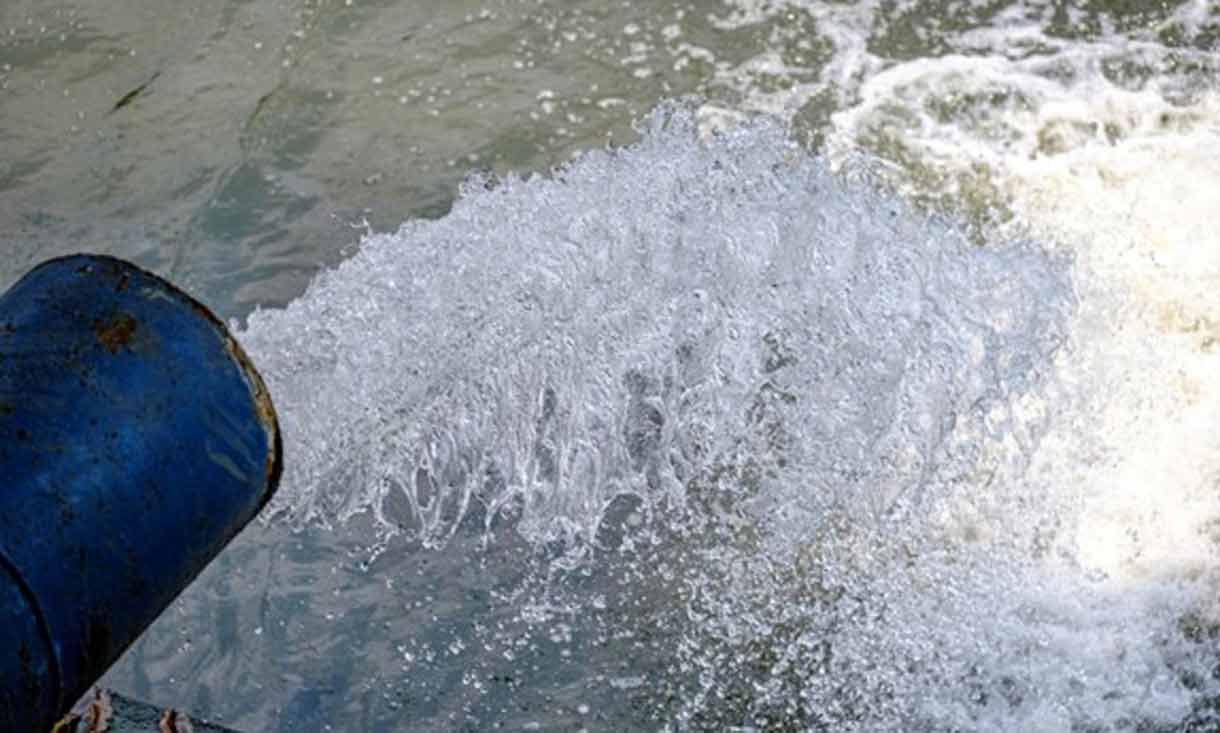
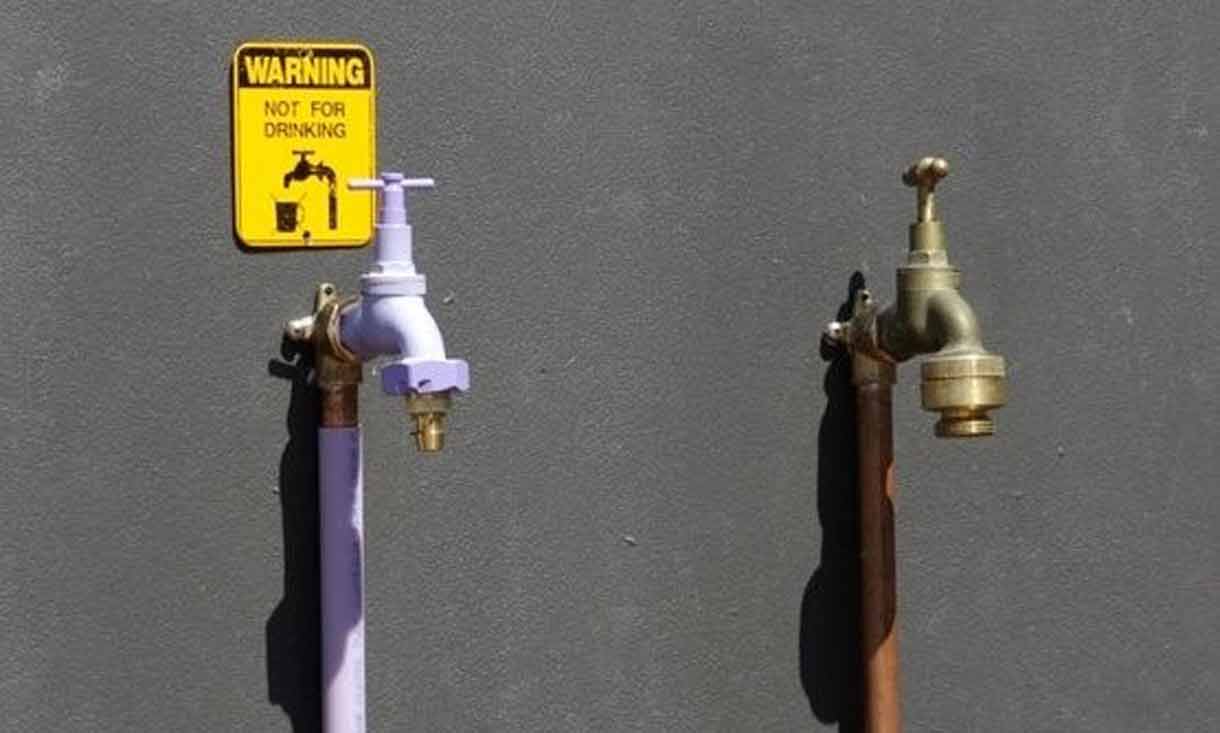
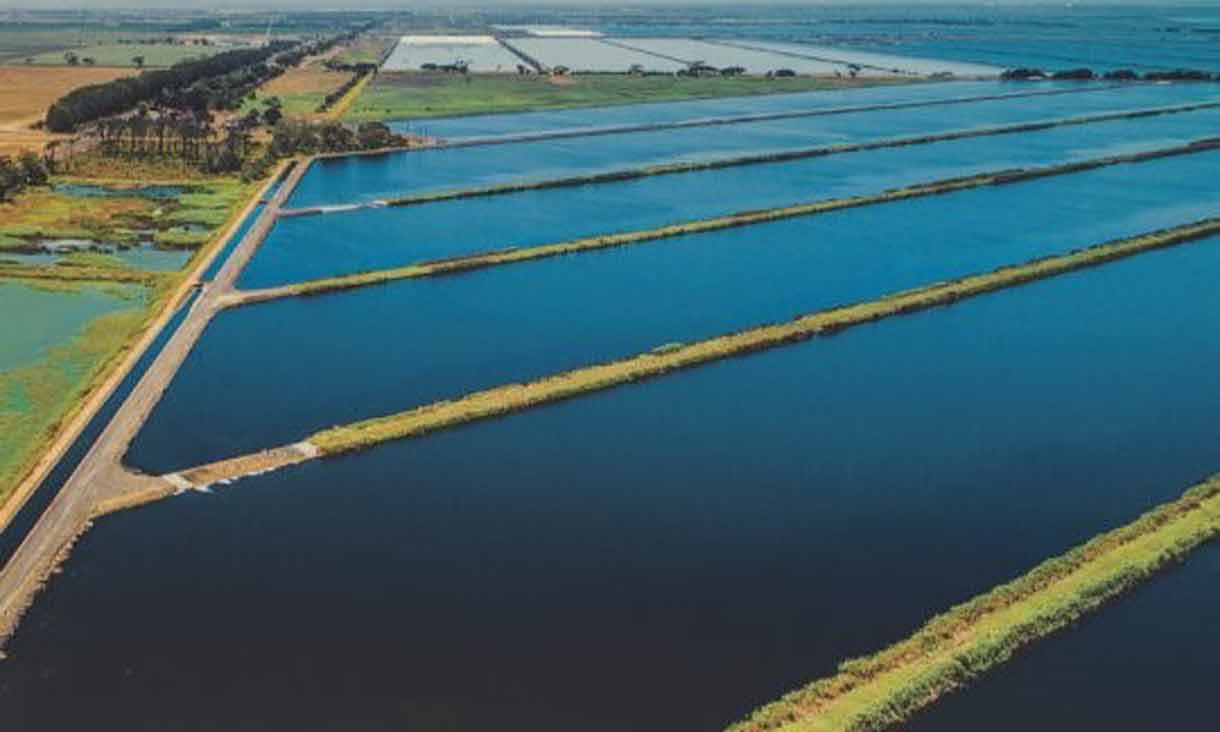
Key Points
Through the course of this project, we expect to achieve the following:
- Understand the potential water quality and ecological shifts from sustained HTRW augmentation into lentic or lotic waterbodies.
- Understand the most sensitive characteristics of the receiving waterbody and the risk of potential ecological changes.
- Understand international best practices for HTRW augmentation in regard to environmental management, including successful and unsuccessful case studies.
- Determine best practice methodology to mitigate disturbances and maximise water quality and ecological benefits in different types of receiving systems.
- Develop a conceptual model demonstrating the inputs that may change a receiving water body and illustrate the expected changes to ecosystem health.
- Develop a best practice augmentation framework and guidance based on water quality of HTRW and receiving environment.
Research Partner
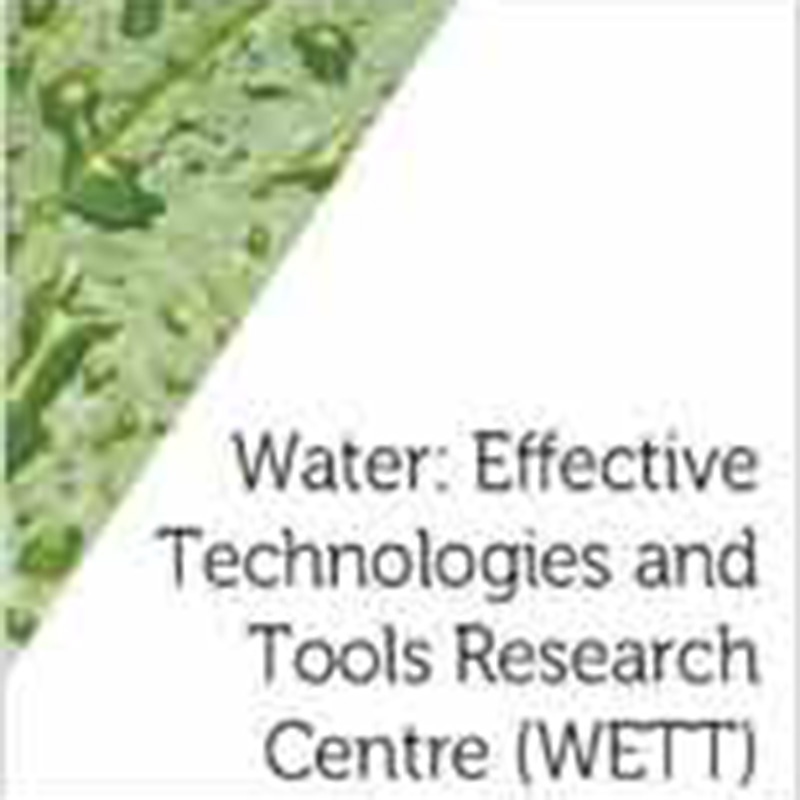
Project Partners
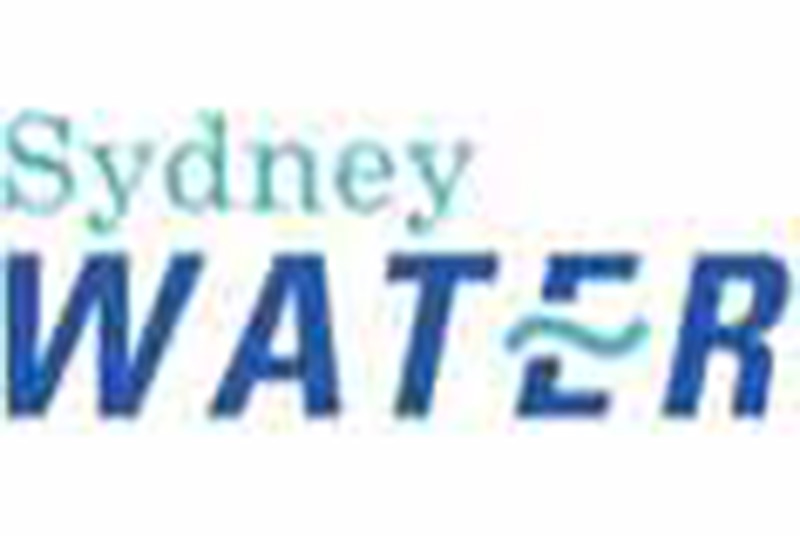
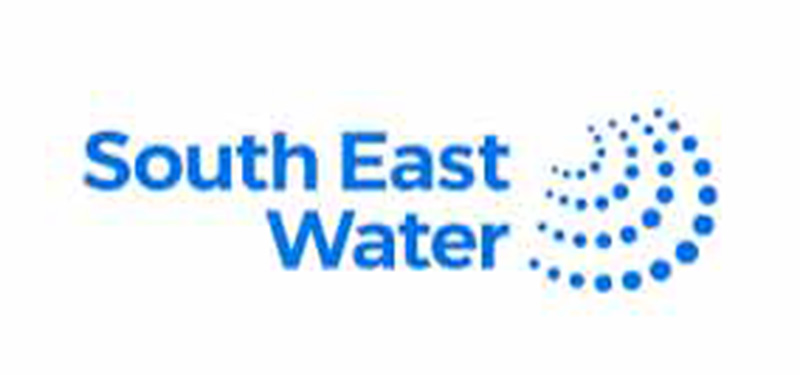
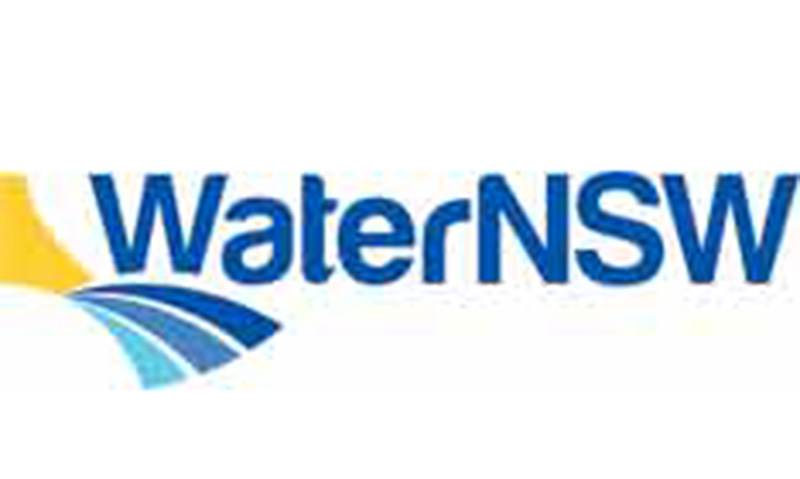
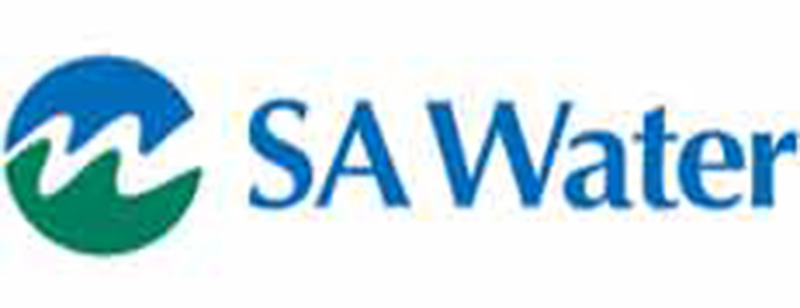
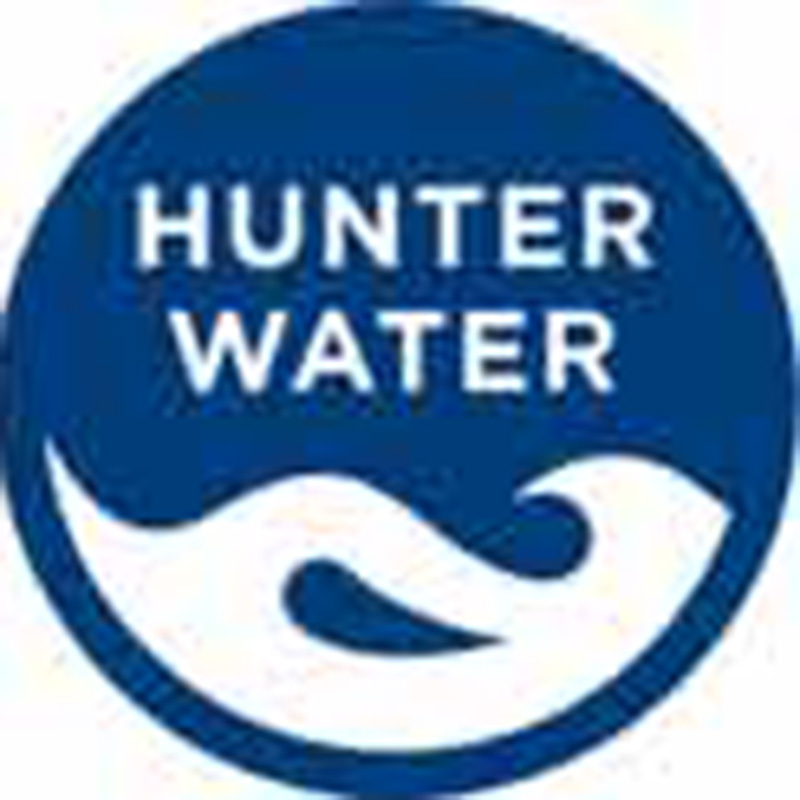
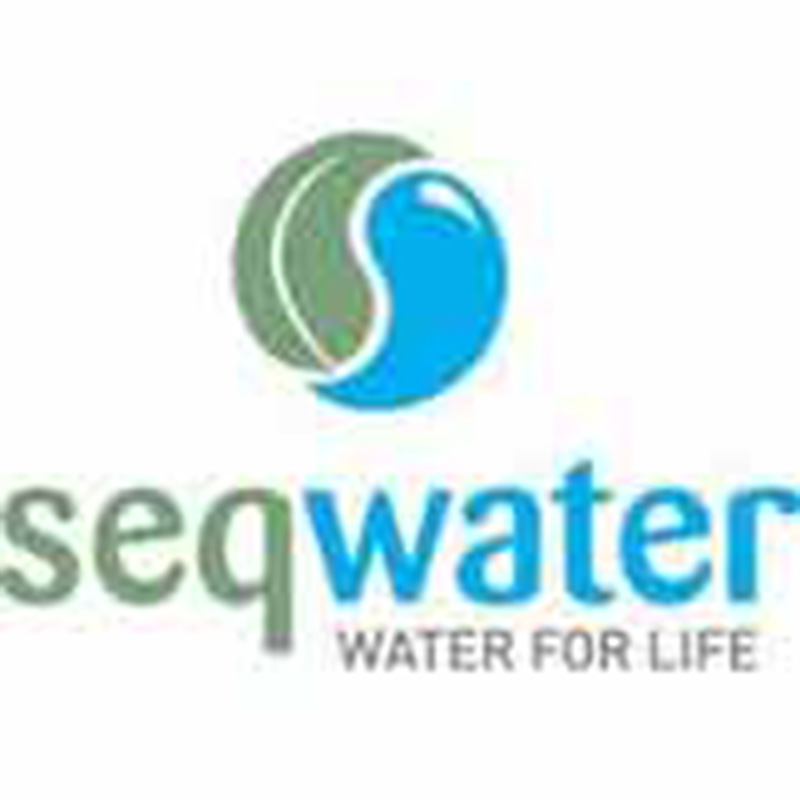
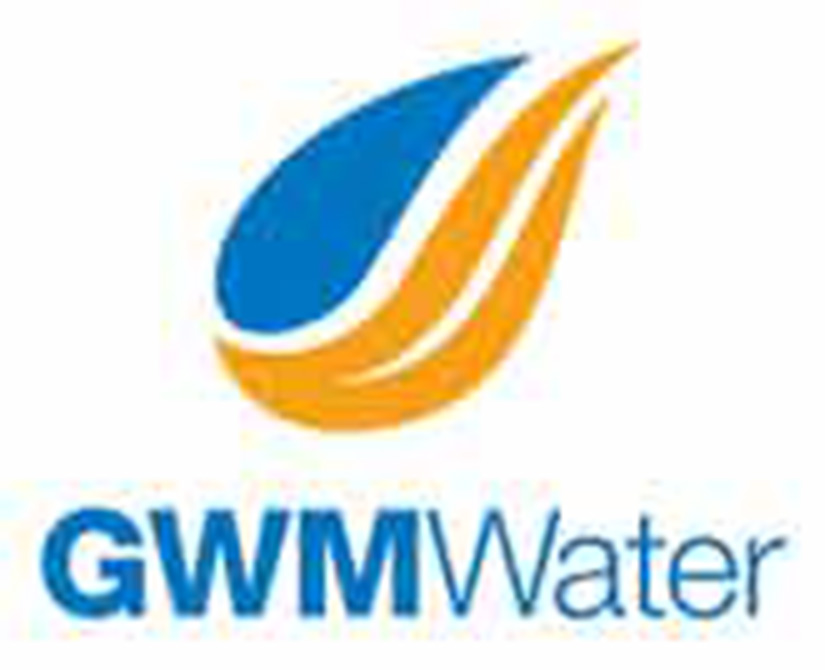
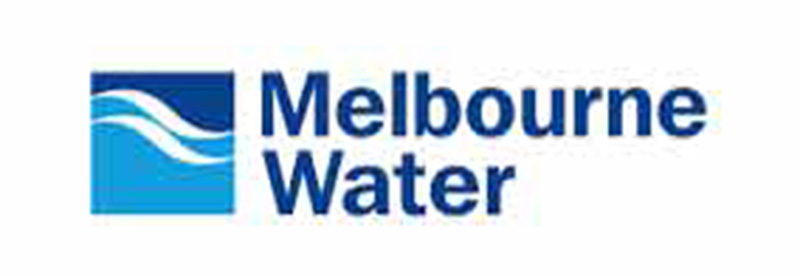
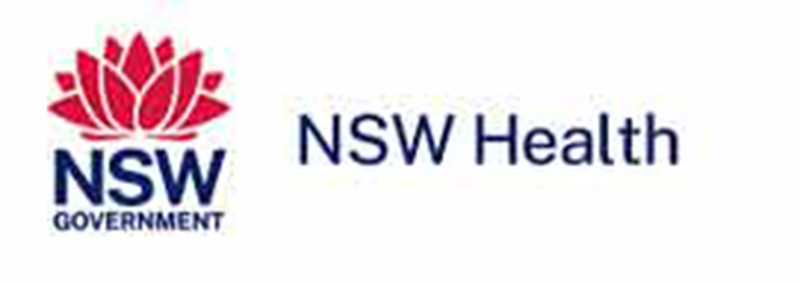
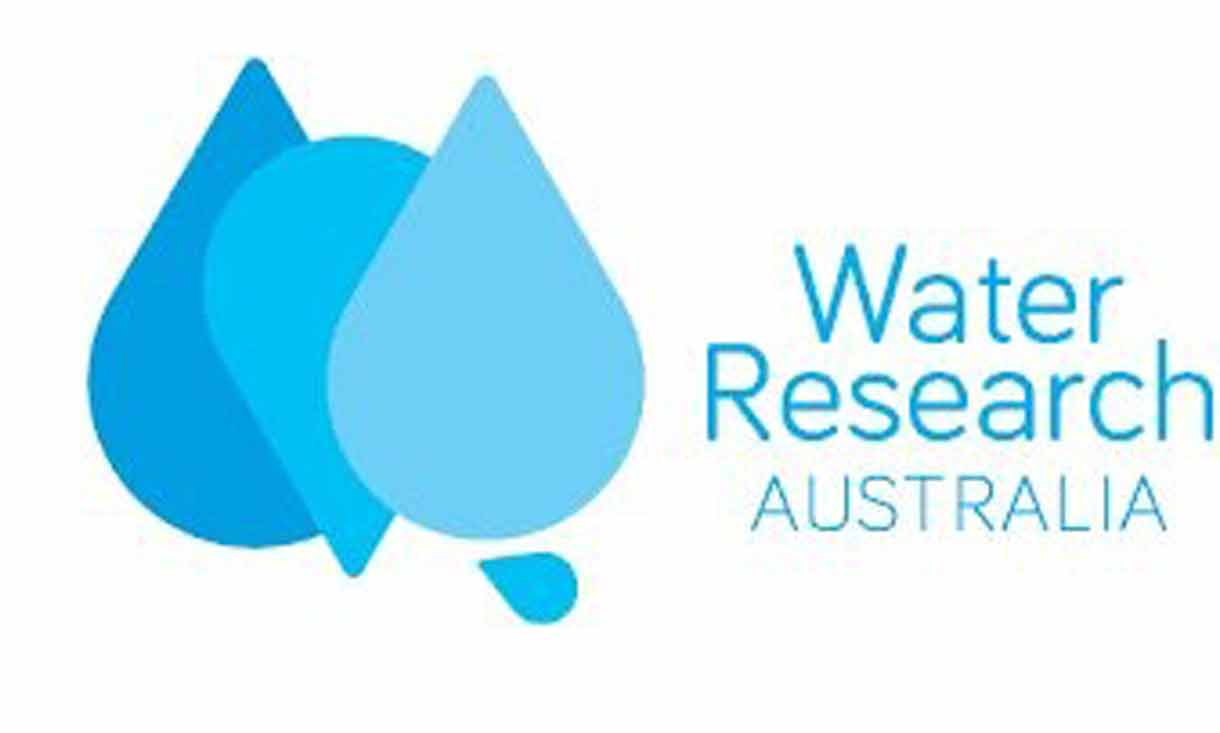
Funded by Water Research Australia (WaterRA) on behalf of its water industry partners (listed above)
Supporters
Thank you to EPA Victoria for providing data for this project.
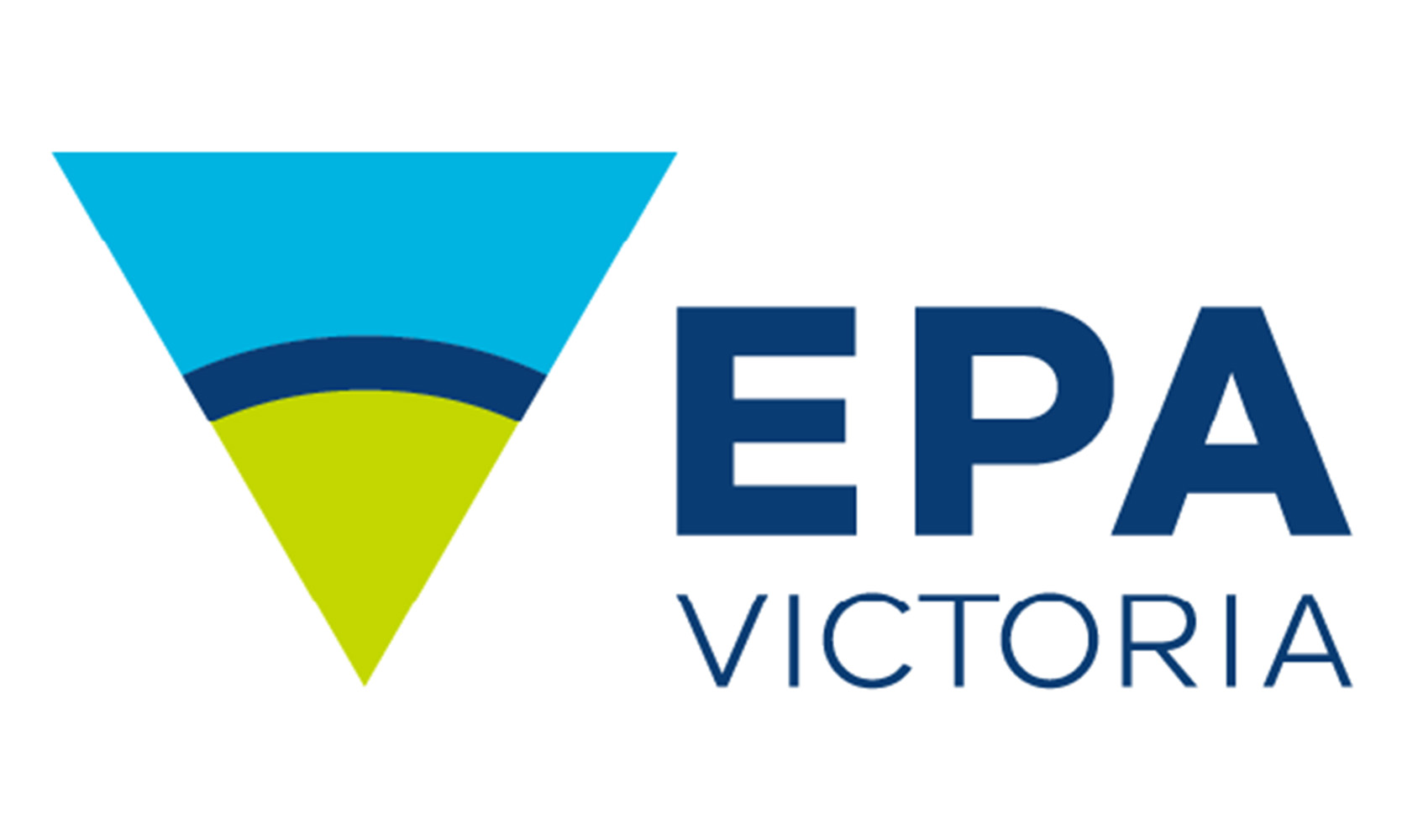
Expected completion date
May 2025
For more information
Contact: aquest@rmit.edu.au


